Here are 10 interesting facts about glass. How many do you know?
Glass is a common material in our daily lives, whether it's windows, drink bottles, glasses, or decorations; none can exist without glass. But how much do you really know about glass? Today, I want to share some interesting and lesser-known facts about glass with you, giving you a whole new perspective on this magical substance.

1. Glass is made from sand
To make glass, first mix sand with limestone and soda ash (soda). Then melt it at high temperatures. When the liquid mixture cools, it forms glass. The main component of sand is silicon dioxide, and the silica content in the sand used for making glass should generally be over 99%. Silicon is one of the most abundant elements on Earth and an important raw material for electronic products.

2. Is glass a solid or a liquid?
Glass looks like a solid and feels like a solid, but it cannot be fully defined as a solid. Glass is a type of amorphous material, meaning it does not have a fixed lattice structure; instead, its molecules are arranged randomly. On a microscopic level, these molecules are still moving slowly, much like liquids, but at such a slow rate that we cannot see them.
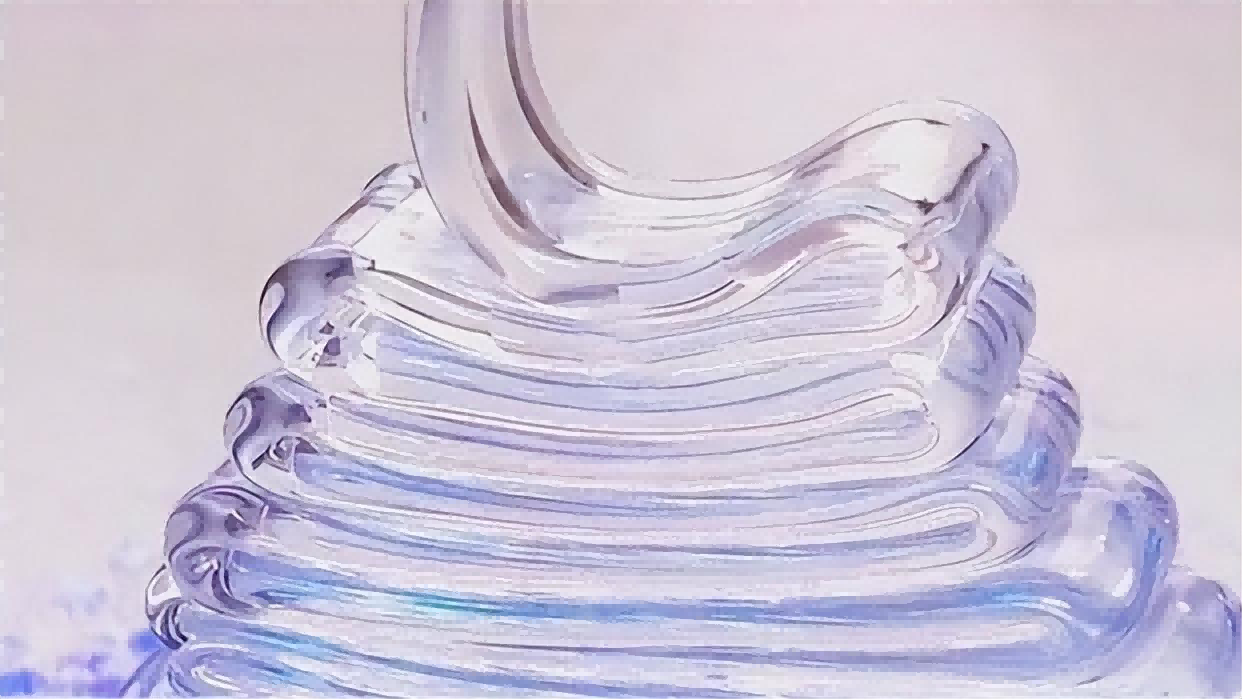
3. Glass can be made by lightning
When sand encounters sufficient high temperatures, it melts into glass. Besides artificial heating, there is another phenomenon in nature that can generate high temperatures: lightning. When lightning strikes deserts or beaches, it may form glass within the sand. This glass is called lightning lava, typically appearing tubular or conical, with various colors, and is very beautiful.
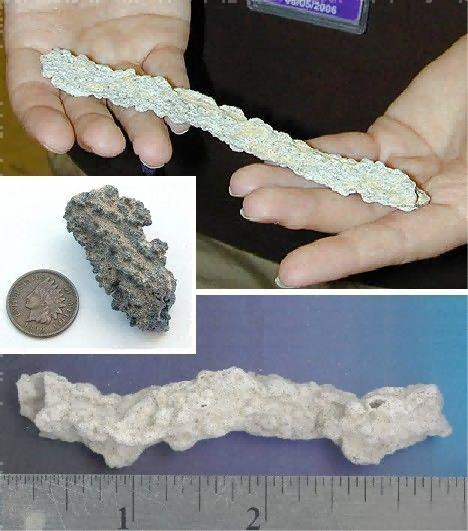
4. The speed of the crack when the glass breaks exceeds 5000 km/h
Glass is beautiful, but it is also fragile. Once hit, it will shatter. You may not know that when glass breaks, the crack travels at a very fast speed, up to 5,000 kilometers per hour, which is five to six times faster than an airplane. This is why the sound of glass breaking is so sharp.
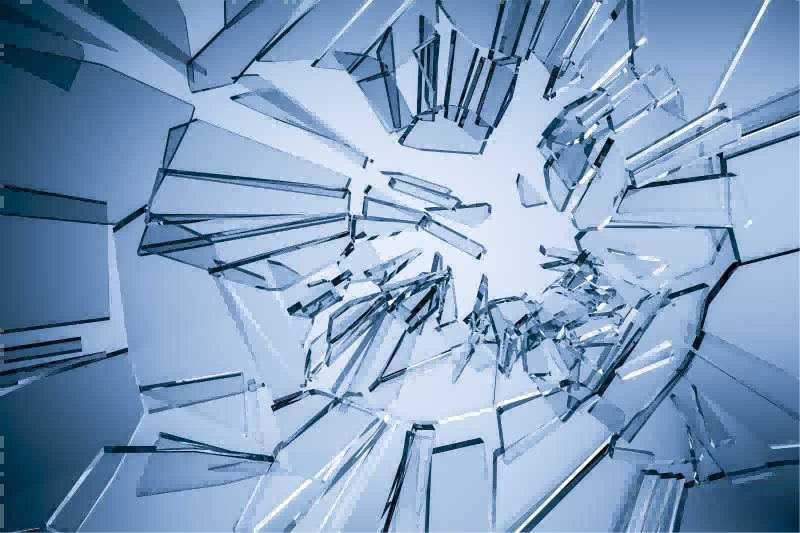
5. The glass window was invented in the 17th century
Before the 17th century, people's windows were made of paper or had no windows at all, only holes. In the 17th century, people began to make windows with glass, but glass was very expensive and only the rich could afford it. With the development of industry, the production cost of glass gradually decreased, and glass windows became more common.
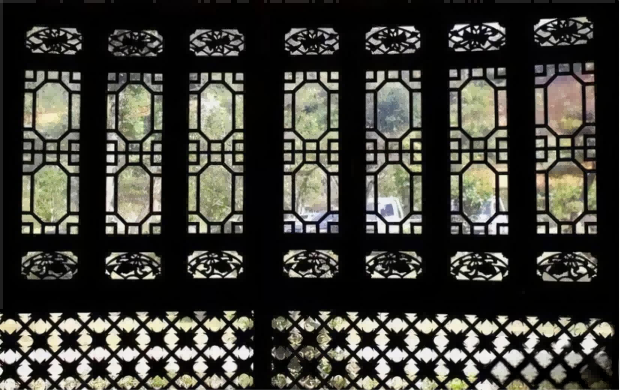
6. Glass is an insulator
Insulators are substances that do not easily conduct electricity or heat; glass is a typical example of an insulator. This is because the internal structure of glass is amorphous, lacking a free electron cloud (electron sea), making it difficult for electric current or heat to pass through. However, when glass is heated to high temperatures, its molecules become active, and electrons gain freedom, turning the glass into a conductor that allows electric current or heat to flow through.
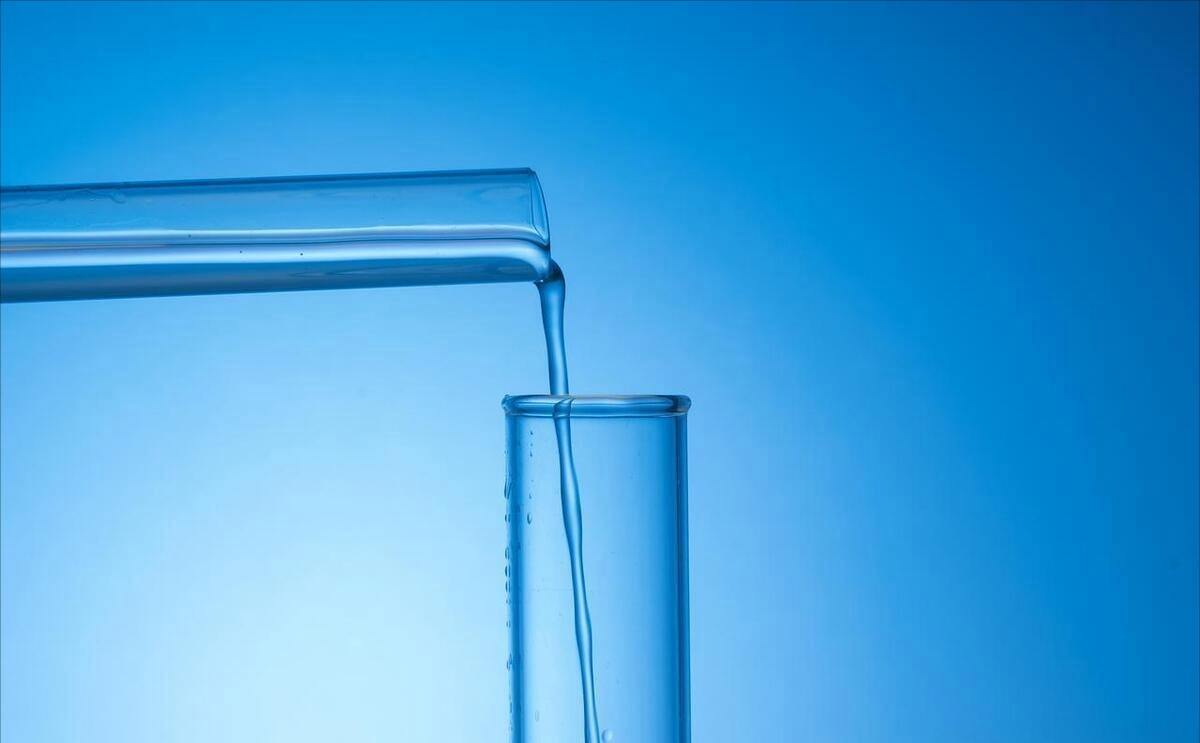
7. Glass can be heated in a microwave oven
When you want to heat leftovers or other food, you can use a glass container and put it in the microwave. As long as your glass container has "Microwave Safe" marked on it, you can use it with confidence. This is because such glass containers do not contain metal, dyes, or bubbles that could break under microwaving. However, if your glass container does not have this mark or if you take it directly from the refrigerator, do not put it in the microwave; otherwise, it might crack.
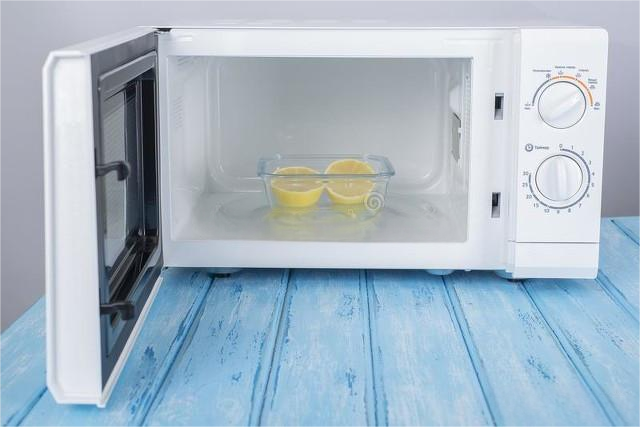
8. Glass is a traditional greenhouse material
Greenhouses are structures in agriculture used to protect crops from harsh weather while allowing sunlight to pass through. Before the invention of plastic, greenhouses were made of glass. Glass allows visible light to pass through but blocks infrared rays, creating a warm environment inside. Today, glass greenhouses are still common, but mainly for aesthetic reasons.

9. Glass is 100% recyclable
Glass is an extremely environmentally friendly material that can be recycled infinitely without any loss of quality or purity. The process of recycling glass is simple: it involves cleaning, breaking, and melting glass fragments, then remanufacturing them into new glass products. Recycling glass not only conserves resources but also reduces energy consumption and emissions, benefiting the environment.

10. Glass takes a million years to break down
Glass is an extremely durable and robust artificial material that can exist in nature for a long time without decomposing. It is estimated that glass takes one million years to fully decompose, which is longer than plastic. Therefore, if you no longer want your glass items, it's best not to discard them carelessly but to take them to the recycling center so they can be turned into useful things again.
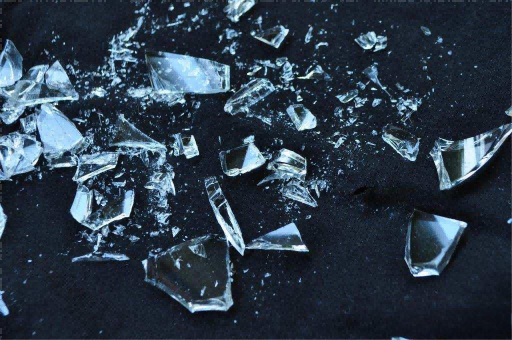
These are the 10 interesting facts about glass that I have written for you in Chinese. I hope you like it. If you have any suggestions or feedback, please let me know at any time. I will try my best to improve and perfect it. Thank you for your reading and support!


